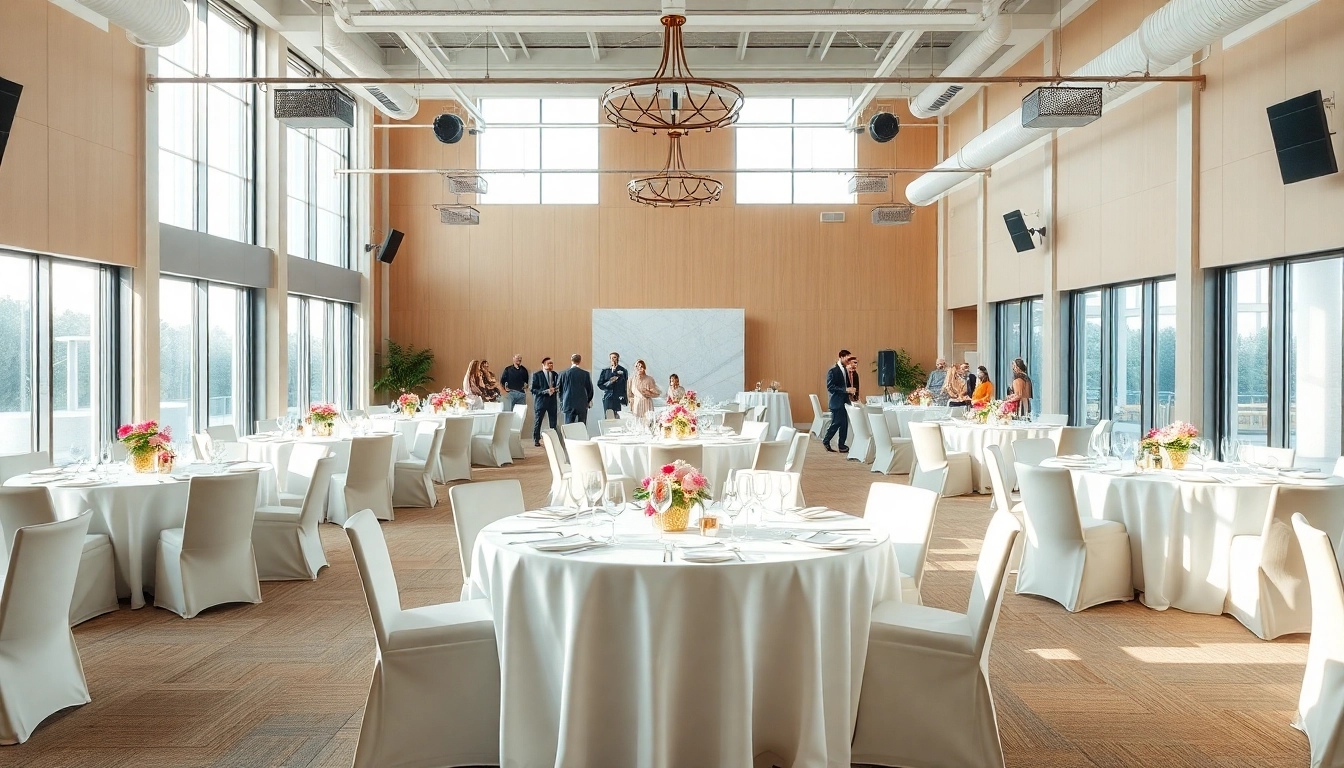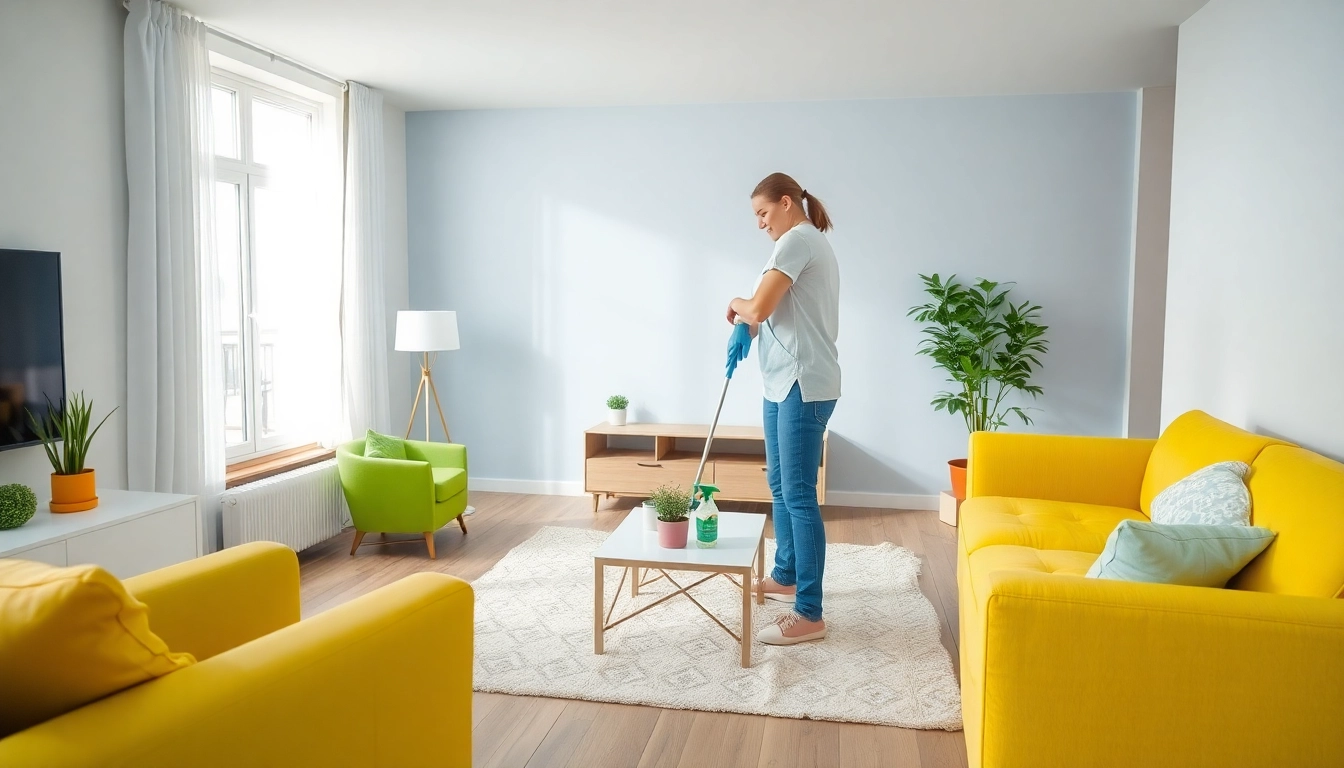Understanding Event Space Requirements
Choosing the right event space is paramount for the success of any gathering, whether it is a corporate meeting, wedding, conference, or social event. Various factors come into play when determining an ideal space, and understanding the requirements is crucial to ensure the event runs smoothly and meets the expectations of guests.
Identifying the Type of Events
The first step in selecting an event space is identifying the type of event to be held. Different events have unique requirements that will influence the choice of venue. For instance:
- Corporate Meetings and Conferences: These events often require areas equipped with technology for presentations, such as projectors and robust Wi-Fi connectivity. Additionally, proximity to hotels or transportation hubs can be beneficial for attendees.
- Weddings and Social Gatherings: When planning for weddings or private parties, factors such as ambiance, scenery, and necessary facilities like kitchens for catering services play a key role.
- Workshops and Seminars: Spaces designed for training or hands-on activities must offer versatile layouts and the ability to adjust seating arrangements.
Understanding these distinctions helps in narrowing down the options and ensures that the venue supports the specific objectives of the event.
Assessing Capacity Needs
Once the type of event is established, the next step is assessing the capacity needs. An event space must accommodate all attendees comfortably. Here are critical points to consider:
- Expected Attendance: Have a clear estimate of how many people will attend. Always account for additional guests, and ensure that the venue can comfortably hold the maximum expected numbers.
- Seating Arrangement: Different configurations (theater, classroom, banquet) impact the total number of people a venue can comfortably host. Understanding the desired layout will guide in choosing the right capacity.
- Amenities That Accompany Capacity: Spaces with break-out rooms may allow for larger groups to segregate during workshops or discussions, enhancing the overall experience.
Exploring Location Considerations
The location of the event space can significantly impact guest attendance and logistics. Key location considerations include:
- Accessibility: Choose a venue that is easily accessible via main transportation routes; consider parking availability and whether attendees will need to navigate through city traffic.
- Neighborhood Appeal: A venue located in a vibrant and appealing neighborhood can enhance the overall experience of the event, making it convenient for dining and entertainment.
- Catering to Diverse Guests: Ensure that the space can accommodate the needs of diverse attendees, including individuals with disabilities, by verifying that there are adequate facilities.
Designing Your Event Space Layout
The design of an event space layout plays a significant role in the success of any gathering. An effective layout enhances guest interactions, promotes comfort, and ensures a positive experience.
Creating Flow and Accessibility
Flow throughout the event space is essential for creating an inviting atmosphere. Here’s how to improve flow and accessibility:
- Open Spaces: Design areas that allow for easy navigation between different sections, such as dining, networking, and breakout rooms.
- Signage: Clearly marked pathways and signage will help guide guests smoothly and reduce confusion.
- Break Areas: Creating open break areas encourages networking and can alleviate crowding at bars or food stations.
Incorporating Technology and Amenities
Modern events increasingly rely on technology to engage attendees, so it’s crucial to integrate the necessary amenities:
- Audio-Visual Equipment: Ensure that the space is outfitted with high-quality speakers, microphones, projectors, and screens suitable for presentations.
- Wi-Fi Availability: Provide reliable high-speed internet access for all attendees to engage with digital content, whether for presentations or networking apps.
- Charging Stations: Consider incorporating charging stations for devices; this can keep attendees connected and engaged.
Selecting Appropriate Furnishings
Choosing the right furnishings can transform an event space, impacting both its functionality and aesthetic appeal:
- Comfortable Seating: Select chairs that provide comfort over long periods, allowing guests to engage without distraction.
- Stylish Decorations: Incorporate elements that reflect the theme of the event while ensuring practicality, such as tables that facilitate conversation.
- Flexible Furniture Solutions: Utilize furniture that can be easily moved or reconfigured to adapt to the changing needs of the event.
Essential Features of an Effective Event Space
Beyond basic layout and amenities, certain features can set an event space apart in terms of impact and effectiveness.
Lighting Variations for Different Events
Lighting can dramatically change the atmosphere of a space, making it crucial to consider various lighting options:
- Adjustable Lighting: Install dimmable lights to tailor the brightness according to the event mood, whether it’s a bright daytime meeting or an intimate evening gathering.
- Accent Lighting: Use uplighting or spotlights to highlight specific areas or decor elements of the event.
- Natural Light: Leveraging large windows or skylights can create an inviting environment and enhance mood and productivity.
Audio-Visual Equipment Essentials
Having the right audio-visual equipment is a determining factor for an event’s overall success:
- Quality Sound Systems: Invest in sound systems with high fidelity to ensure clear communication for all attendees.
- Visual Aids: Use screens of adequate size and resolution for presentations to ensure everyone can view content easily.
- Backup Equipment: Always have backup equipment available. This safety net can prevent disruptions during critical moments.
Decorative Elements to Enhance Ambiance
Decor reduces sterile feelings and can enhance the overall ambiance of the event space:
- Thematic Decor: Choose decor that aligns with the event’s theme, enhancing the overall experience.
- Interactive Design: Incorporate elements that encourage guest interaction, such as photo booths or art installations.
- Greenery and Nature Elements: Use plants and flowers to break up hard surfaces, adding warmth and a refreshing touch to spaces.
Marketing Your Event Space Effectively
Marketing your event space requires a strategic approach to reach potential clients and stand out in a crowded marketplace.
Leveraging Social Media and Online Listings
In today’s digital age, social media and online listings are critical for visibility:
- Visual Content: Use high-quality images and videos of the event space across platforms such as Instagram and Facebook to attract engagement.
- Reviews and Testimonials: Leverage positive client feedback on platforms, which can significantly influence potential clients’ decisions.
- Online Listings: Take advantage of business listings on relevant sites targeting event planners and hosts.
Building Relationships with Event Planners
Establish lasting relationships with event planners to encourage repeat business and referrals:
- Networking Events: Attend industry events for networking opportunities, allowing you to connect with planners.
- Incentive Programs: Offer packages or discount incentives for planners who regularly book your space for their events.
- Personalized Service: Providing personalized service and responding quickly can help forge strong connections with planners.
Hosting Open House Events for Visibility
Organizing open houses is an effective way to generate interest and showcase your venue:
- Invite Local Businesses and Planners: Use these events to demonstrate the potential of your space through a mini-event showcase.
- Provide Samples: Offer catering samples or showcase decoration styles to provide attendees with a glimpse of what you offer.
- Collect Feedback: Use open houses as an opportunity to receive feedback and build continuous improvements based on the input.
Measuring Success of Your Event Space
Once your space is actively being used, measuring its success is crucial to understanding its impact and identifying areas for growth.
Gathering Feedback from Clients
Client feedback is invaluable for improving services and understanding client satisfaction:
- Post-Event Surveys: Collect feedback through surveys sent immediately after the event.
- Follow-Up Calls: Conduct follow-up calls for personal touch, giving clients a chance to voice their opinions verbally.
- Social Media Reviews: Keep an eye on social media for unsolicited feedback, which can provide authentic insights.
Tracking Attendance and Revenue Metrics
Analyzing attendance and revenue can provide critical insights into the event space’s performance:
- Event Attendance Rates: Monitor attendance compared to expectations and adjust marketing strategies based on attendance trends.
- Revenue Analysis: Review pricing structures and packages to ensure they align with industry standards and client expectations.
- Seasonal Trends: Identify which months or seasons yield higher performances, allowing for better future planning.
Adjusting Offerings Based on Market Trends
Staying adaptive to market trends is crucial for maintaining a competitive edge:
- Industry Reports: Subscribe to relevant industry reports to stay informed about changing trends in event planning.
- Local Market Research: Regularly assess local competitors and their offerings to ensure your space remains appealing to clients.
- Flexibility: Be prepared to adapt your offerings, such as packages or services, in response to both feedback and market trends.



